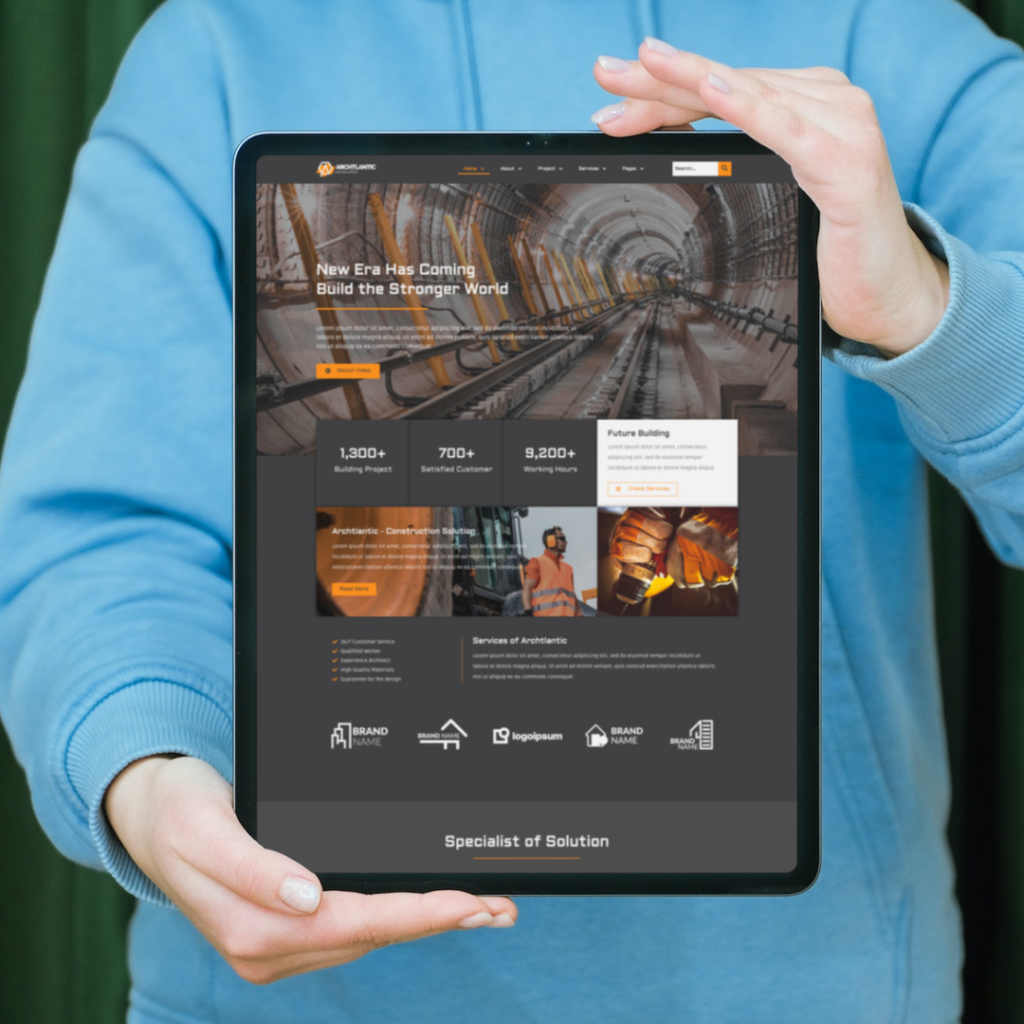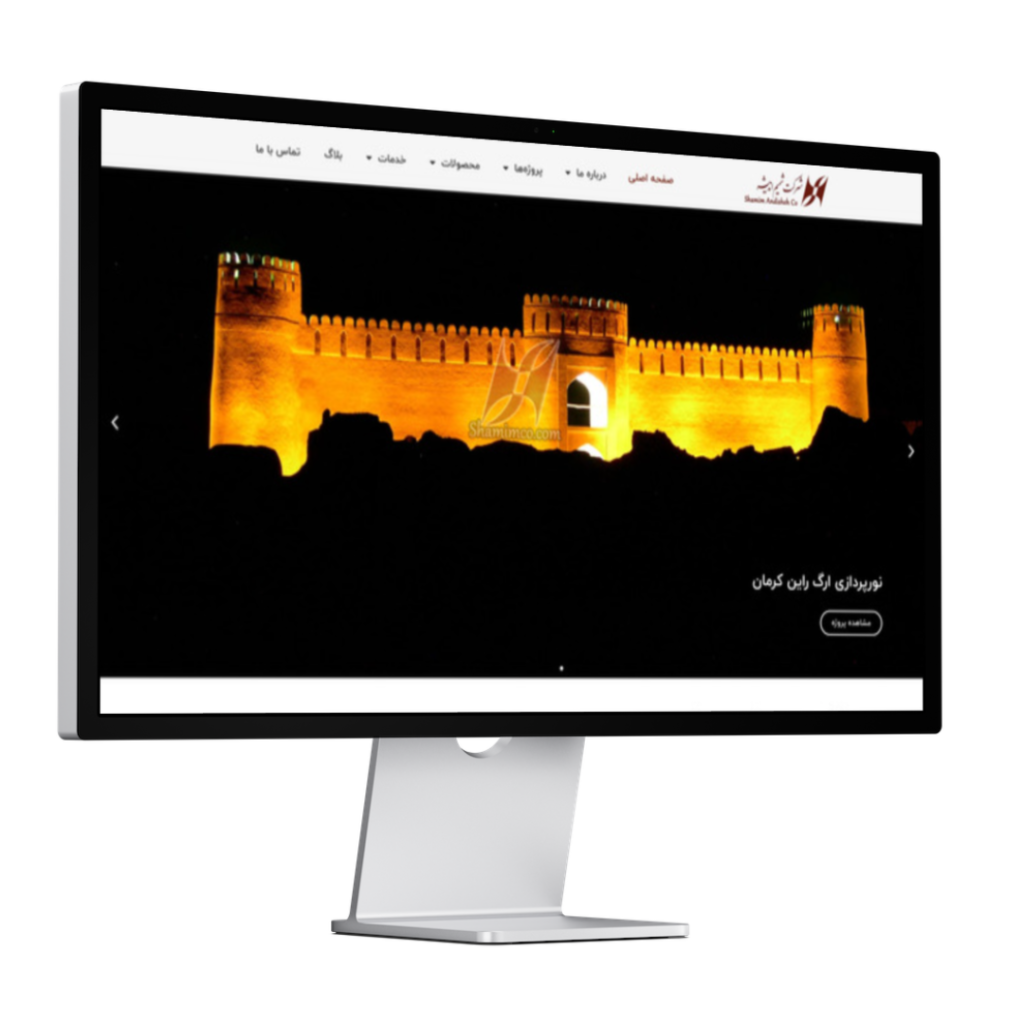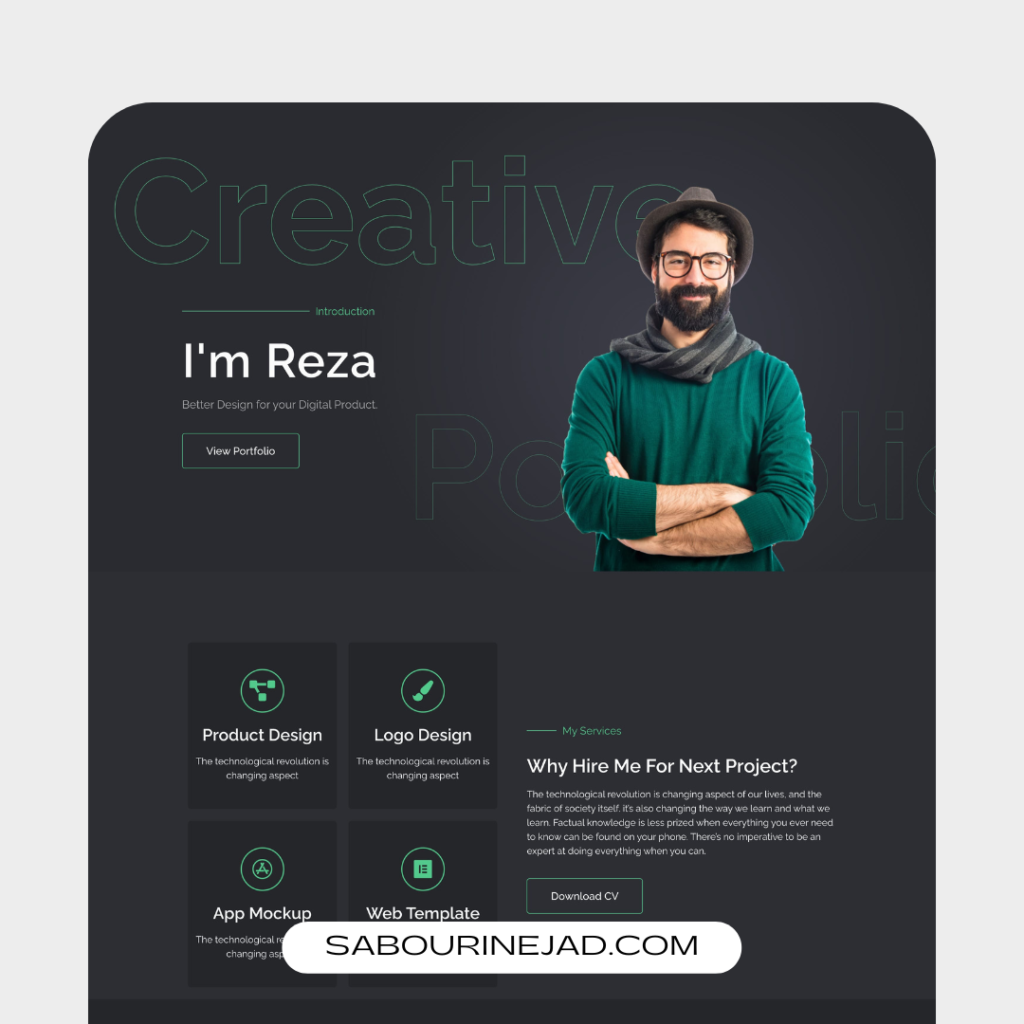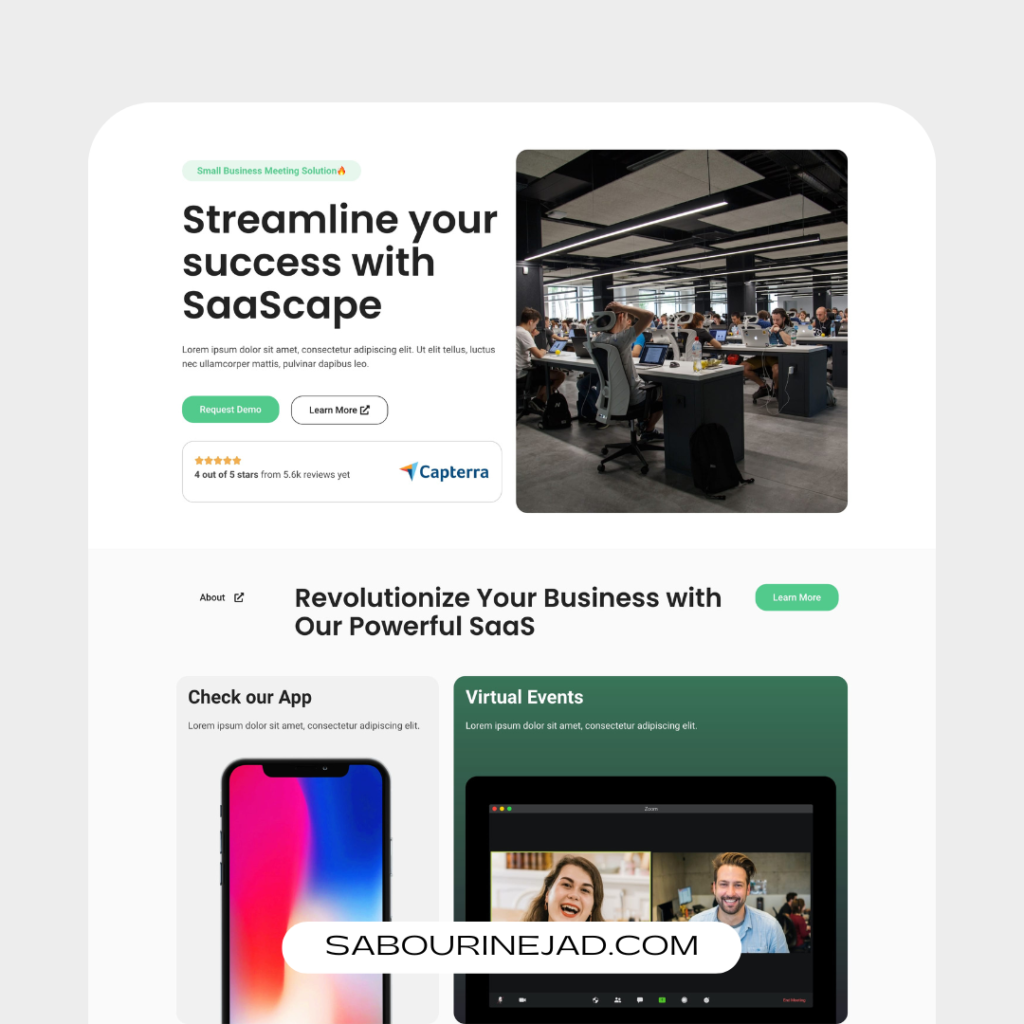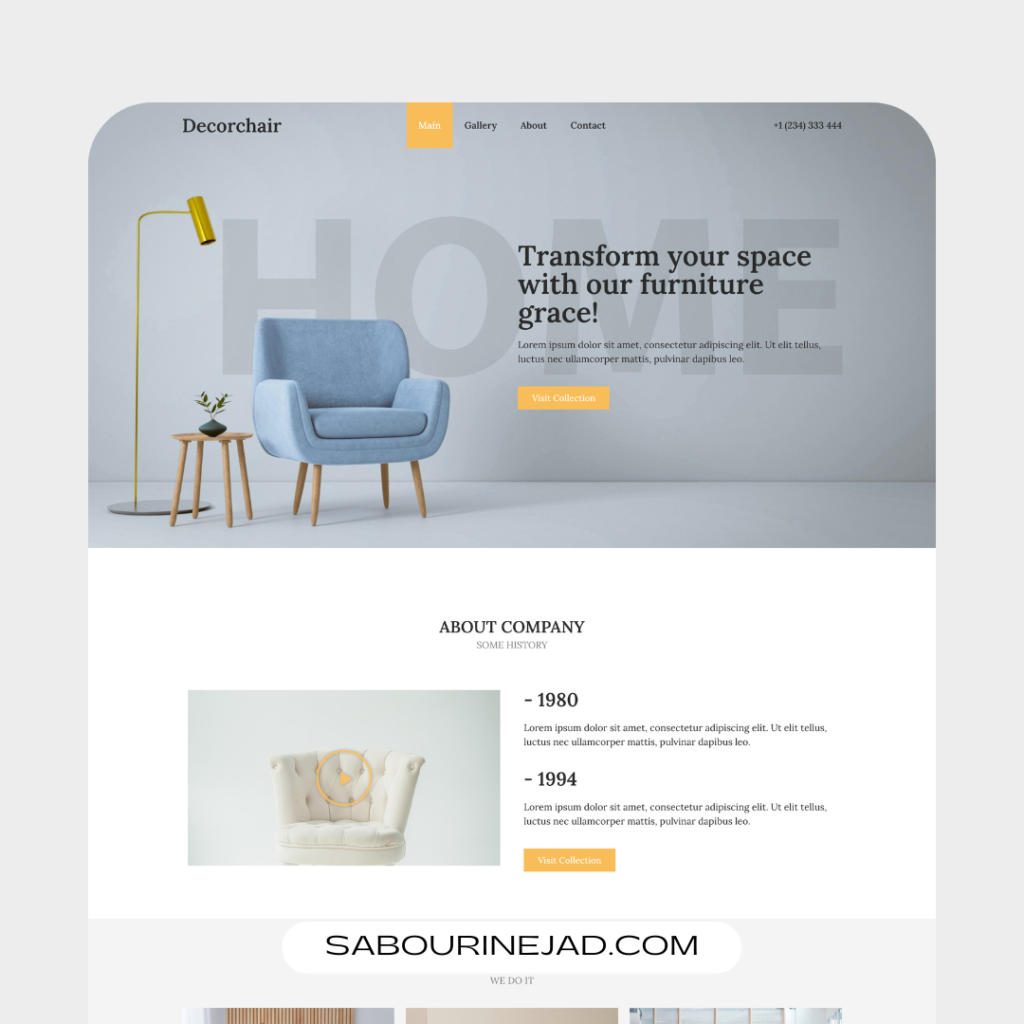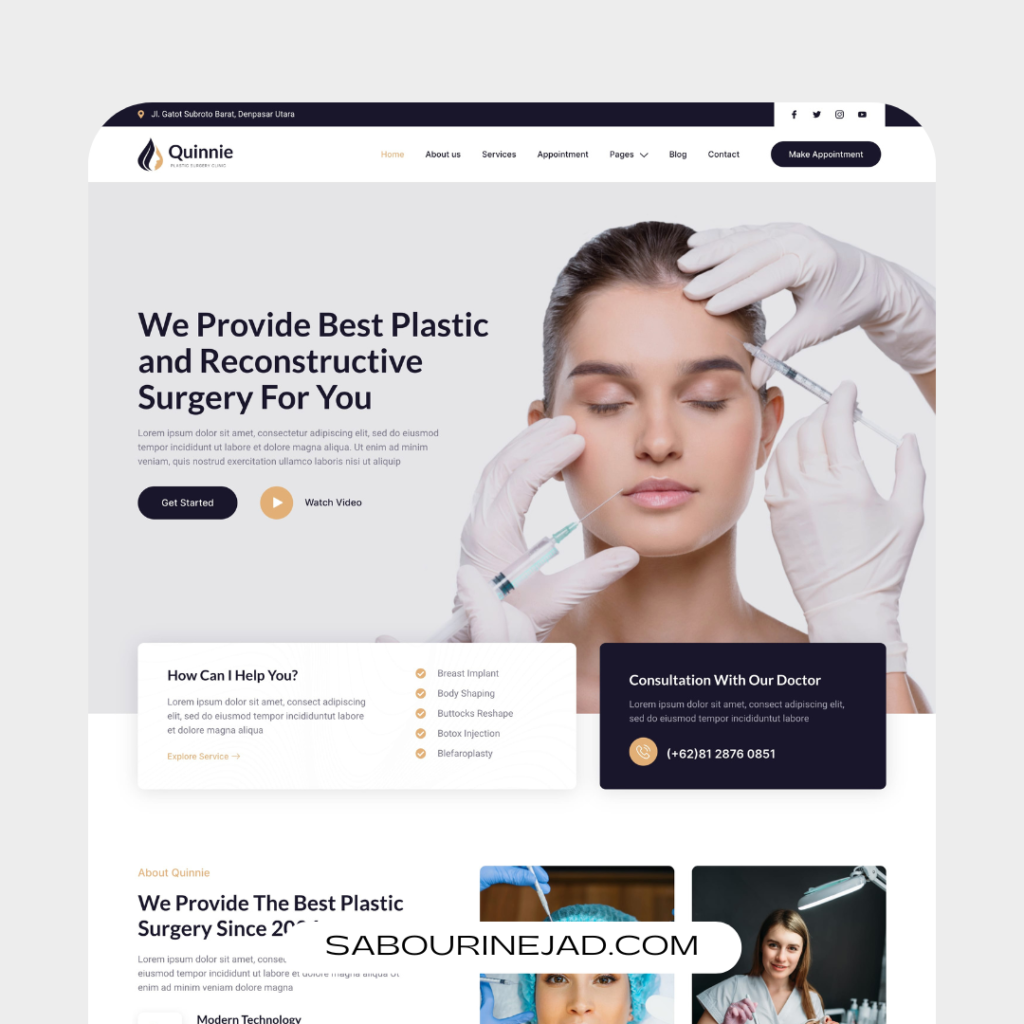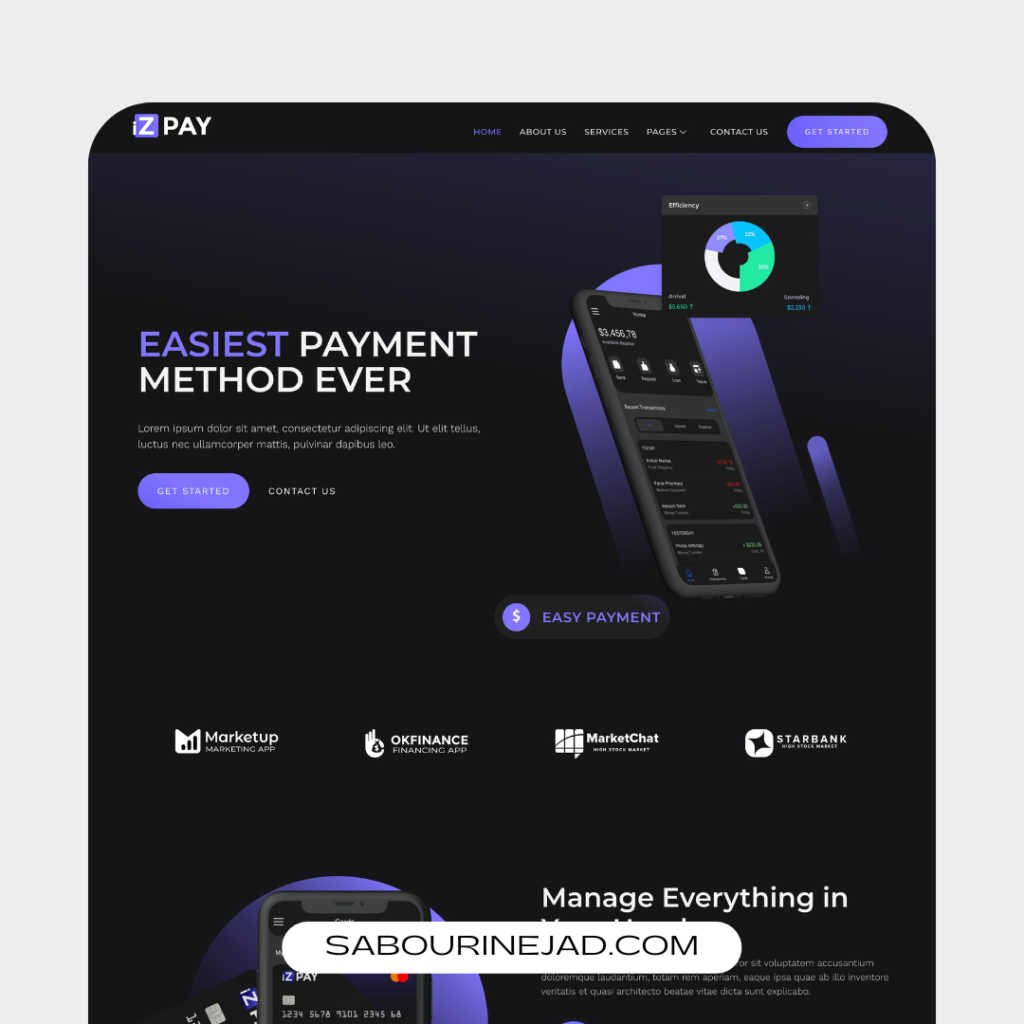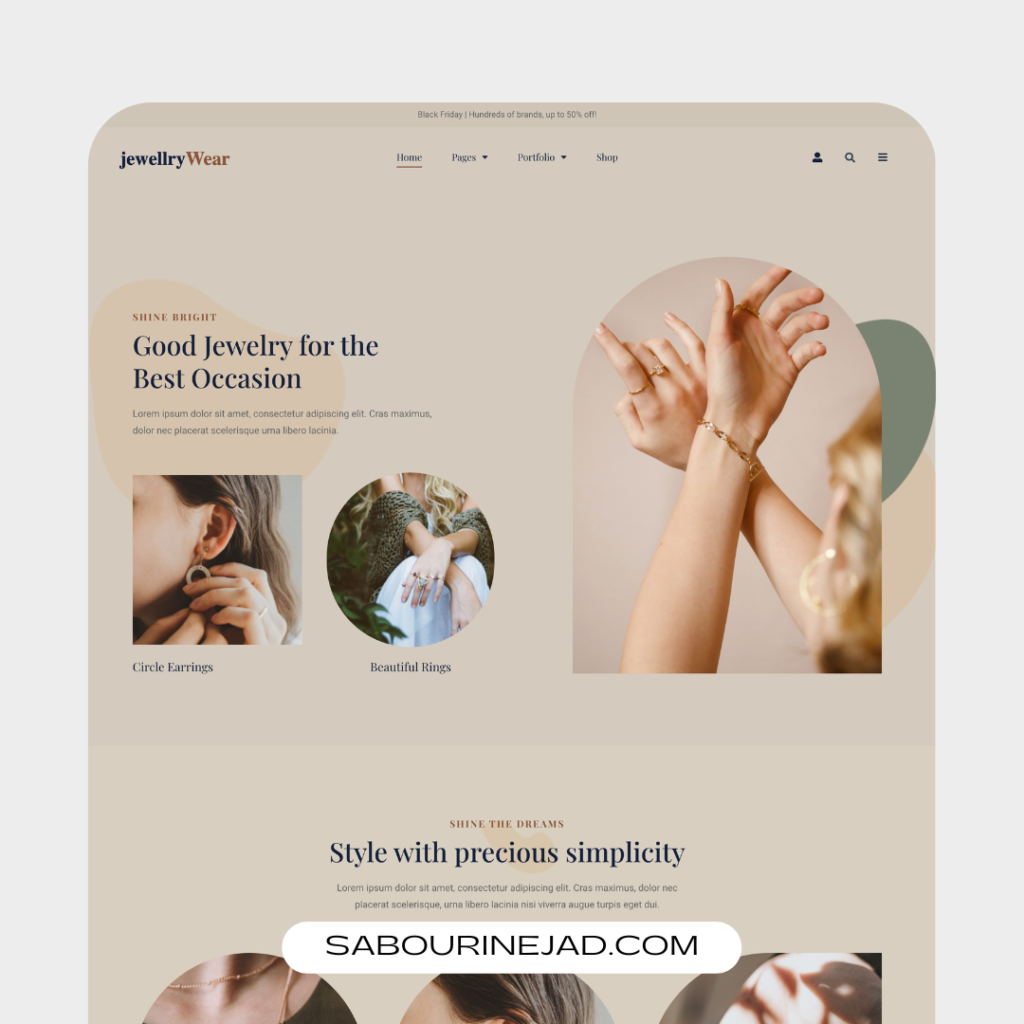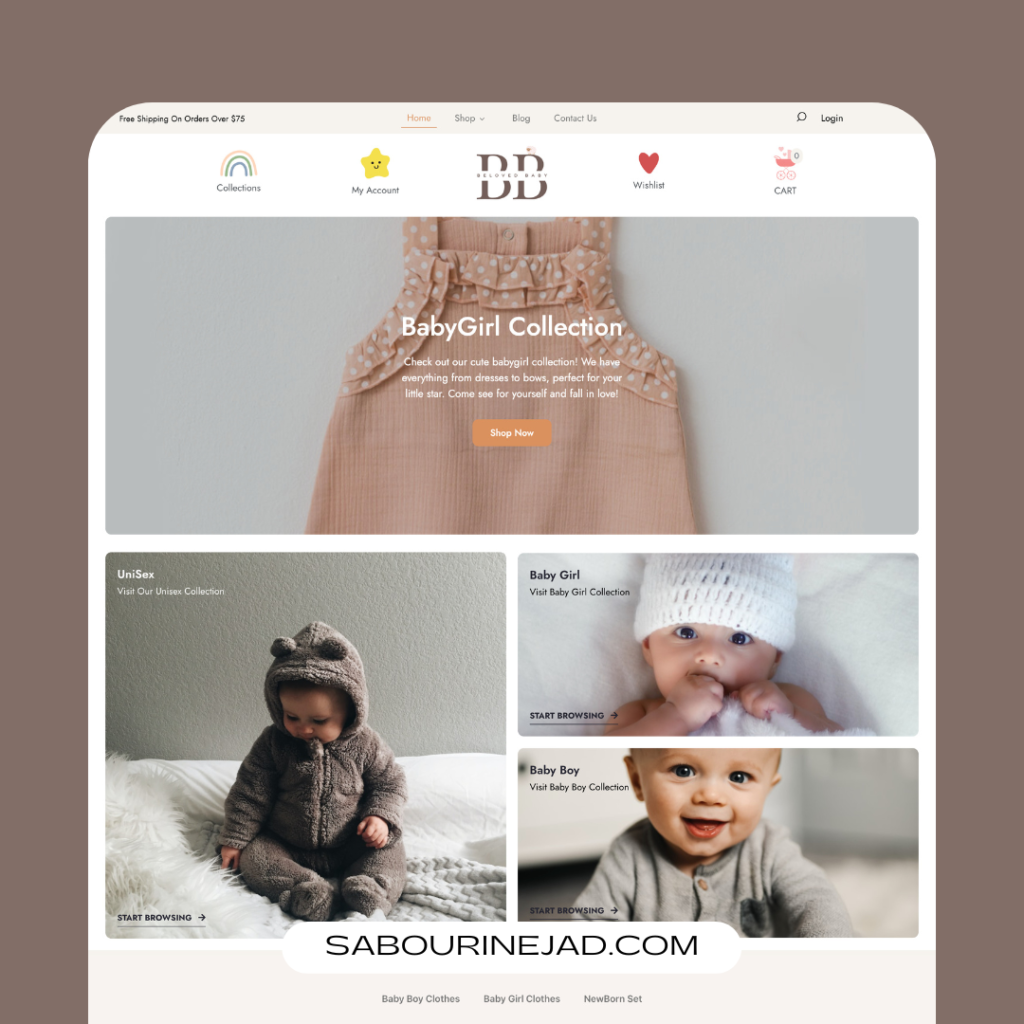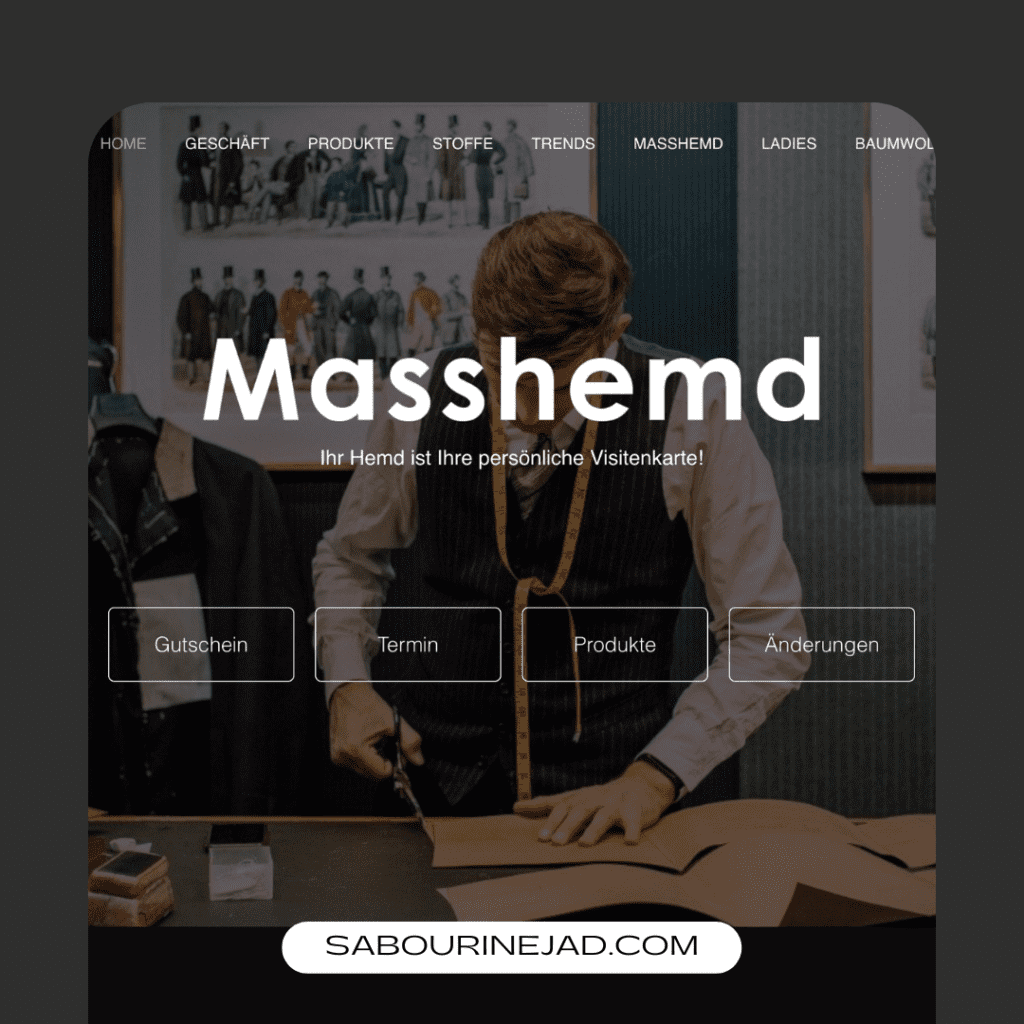Estimated reading time: 4 minutes
Web design is the process of creating and designing websites. It involves a combination of various elements such as layout, color, graphics, typography, and content. While all these elements are crucial, content is undoubtedly the most important and fundamental aspect of web design. The quality and relevance of the content play a significant role in determining the success of a website. In this article, we will delve into why content is such a fundamental part of the web design process.
The Significance of Content in Web Design
- Engages the Audience:
The primary purpose of content is to engage the audience and provide them with valuable information. The content should be informative, relevant, and easy to read. Engaging content can help keep the users on the website for a longer time, reduce bounce rates, and increase the chances of conversion. - Enhances SEO Rankings:
Quality content is an important element of SEO. Search engines look for websites with relevant and informative content to display to users. Websites with high-quality content tend to rank higher on search engine result pages, increasing the visibility and traffic to the website. - Establishes Brand Identity:
Content plays a significant role in establishing a brand identity. Through consistent and well-crafted content, a brand can convey its values, mission, and personality to the audience. This helps in building a loyal customer base and increasing brand recognition. - Provides Value to the Users:
Content that offers value to the users can significantly improve the user experience. Useful and relevant content can help users solve their problems, make informed decisions, and learn new things.
Content Strategy in Web Design
- Understanding the Target Audience:
Understanding the target audience is critical in creating content that resonates with them. The content should be tailored to the needs, preferences, and interests of the target audience. - Creating a Content Calendar:
A content calendar can help in planning and organizing content creation. The calendar should include topics, deadlines, and distribution channels. - Consistent Branding:
Consistent branding is essential to establish a brand identity. The content should reflect the brand’s values, mission, and personality. - Quality over Quantity:
Quality content is more important than quantity. It is better to have a few high-quality pieces of content than many low-quality ones.
Types of Content in Web Design
- Textual Content:
Textual content includes articles, blogs, and product descriptions. It is the most common type of content used in web design. - Visual Content:
Visual content includes images, infographics, and videos. It can help in conveying complex information in an easily digestible format. - Audio and Video Content:
Audio and video content can provide a more immersive and engaging experience for the users. - Interactive Content:
Interactive content includes quizzes, polls, and games. It can help in increasing user engagement and providing a fun and interactive experience.
The Impact of Content on Web Design
- User Experience:
Quality content can significantly improve the user experience. Engaging and informative content can keep the users on the website for a longer time, reducing bounce rates. - Conversion Rates:
High-quality content can help in increasing the conversion rates. Engaging and useful content can help users make informed decisions and take action. - Social Media Engagement:
Quality content can help in increasing social media engagement. Engaging and shareable content can help in increasing brand awareness and building a loyal customer base. - Brand Reputation:
Quality content can help in establishing a positive brand reputation. Engaging and informative content can help in buildingtrust and credibility with the audience.
Best Practices for Content Creation in Web Design
- Use of Keywords:
The use of relevant keywords can help in improving the SEO rankings of the website. However, it is essential to avoid keyword stuffing and ensure that the content is natural and readable. - Utilization of White Space:
Effective utilization of white space can help in making the content more readable and visually appealing. - Incorporation of Call-to-Actions:
Call-to-actions can help in increasing the conversion rates by prompting the users to take action. - Consistency in Tone and Style:
Consistency in tone and style is crucial in establishing a brand identity and conveying the brand’s personality.
Conclusion
In conclusion, content is a fundamental and crucial part of the web design process. Quality and relevant content can significantly improve the user experience, enhance SEO rankings, establish brand identity, and provide value to the users. Effective content strategy, utilization of different types of content, and best practices for content creation can help in achieving these objectives and ensuring the success of the website.
FAQs
Quality and relevant content is a crucial element of SEO. Search engines look for websites with informative and engaging content to display to users, improving the website’s visibility and traffic.
Engaging and informative content can keep the users on the website for a longer time, reducing bounce rates, and increasing the chances of conversion.
Textual content, visual content, audio and video content, and interactive content are the different types of content used in web design.
Consistency in tone and style is crucial in establishing a brand identity and conveying the brand’s personality.
Answer: The future of content in web design lies in creating more interactive and engaging content that provides personalized and immersive experiences to the users.


